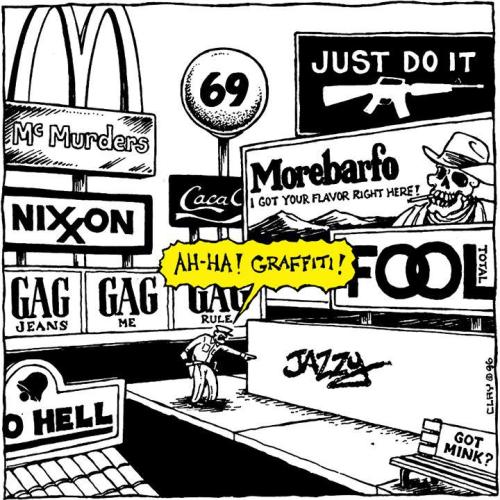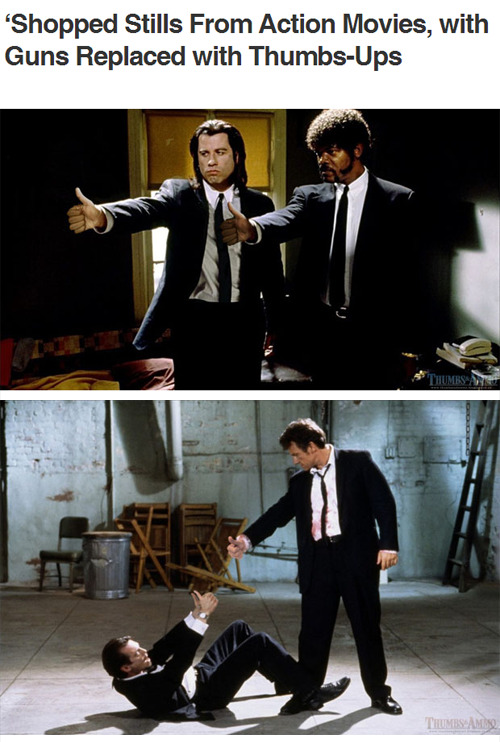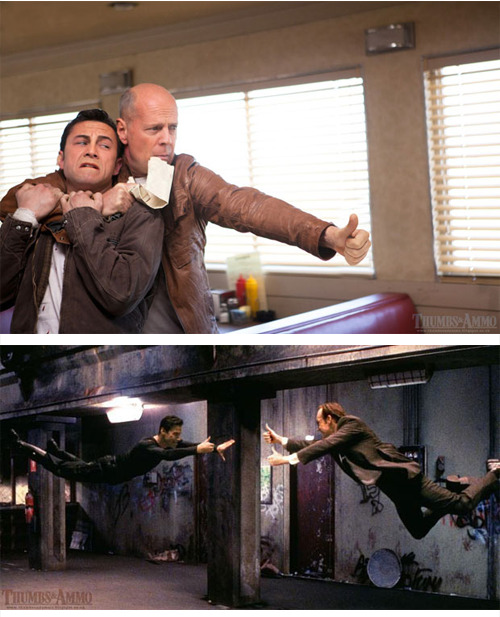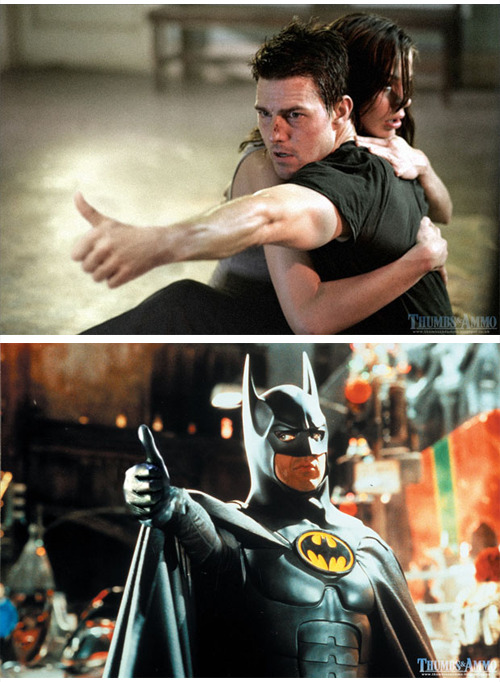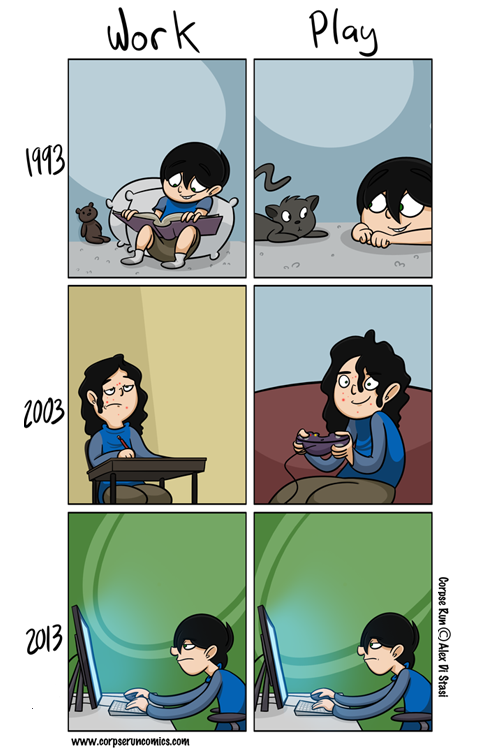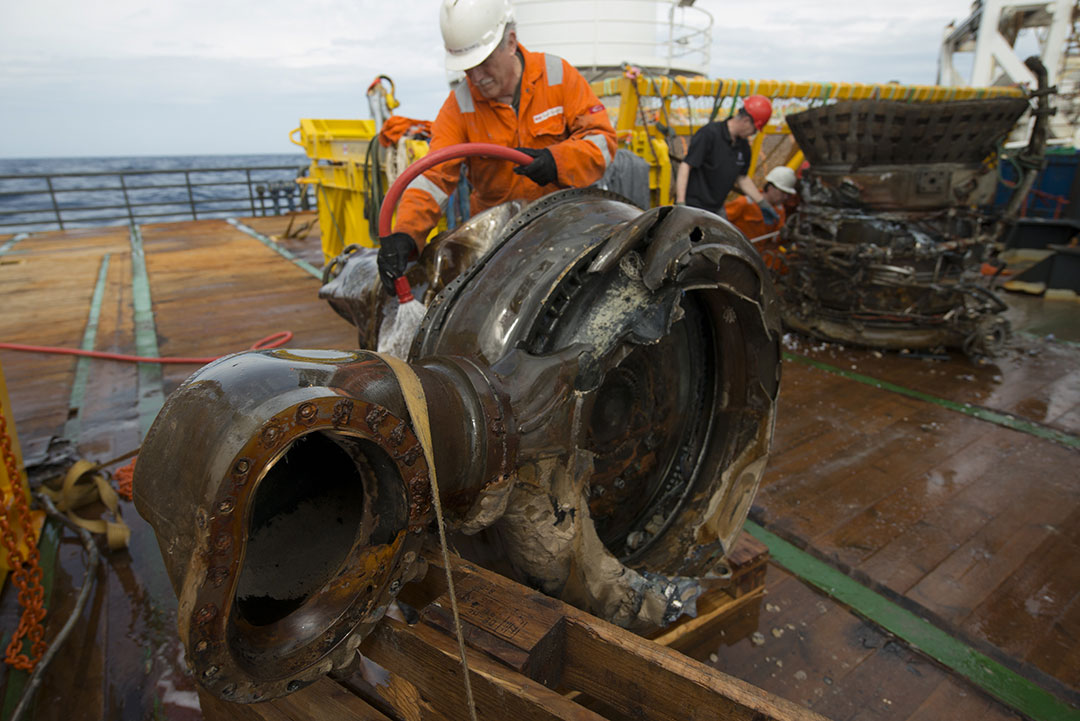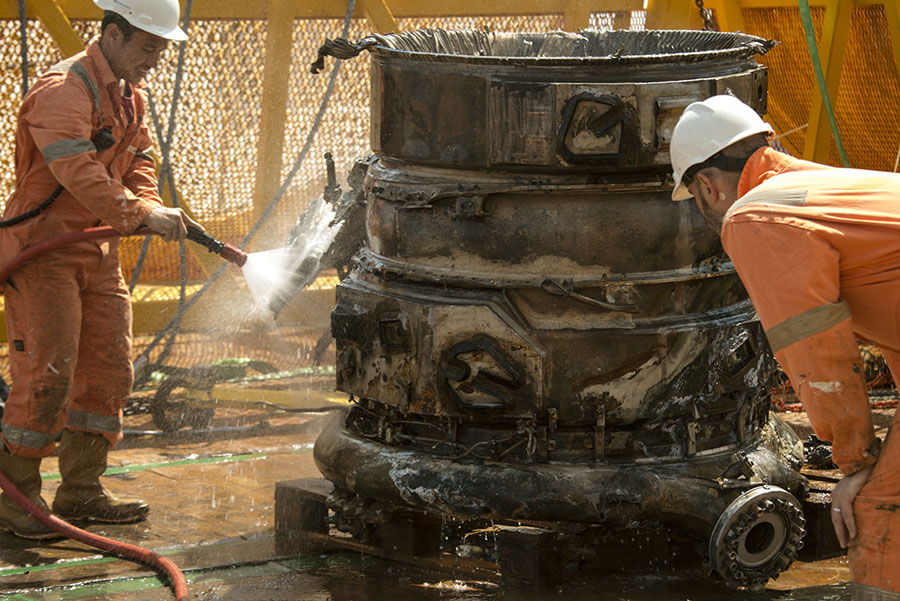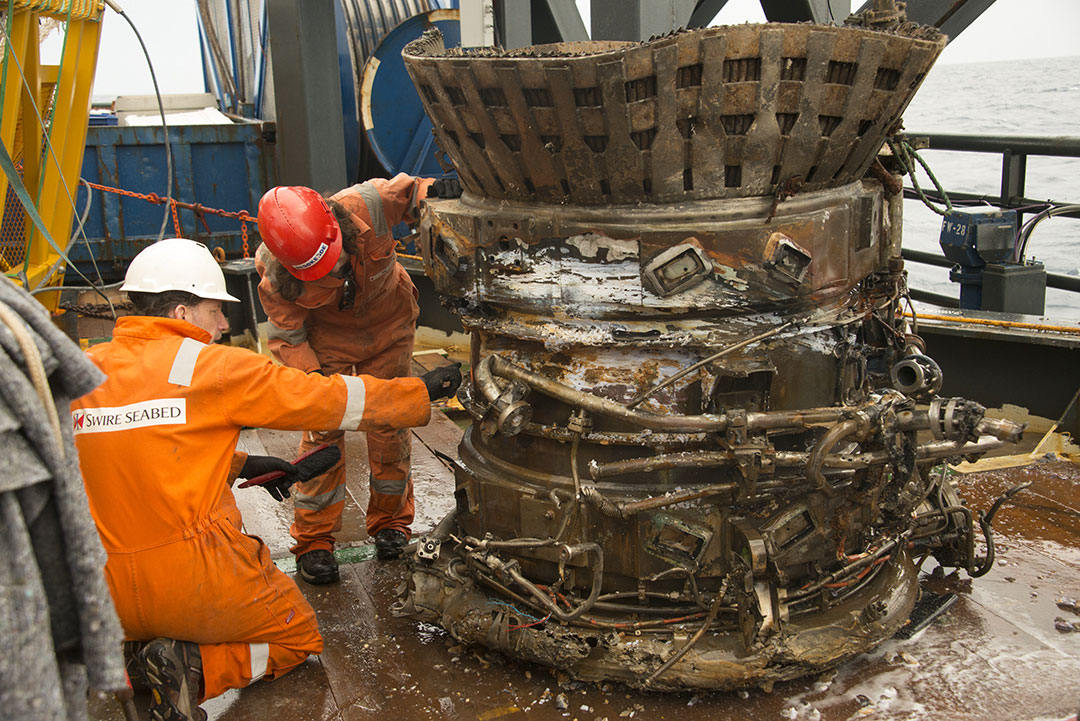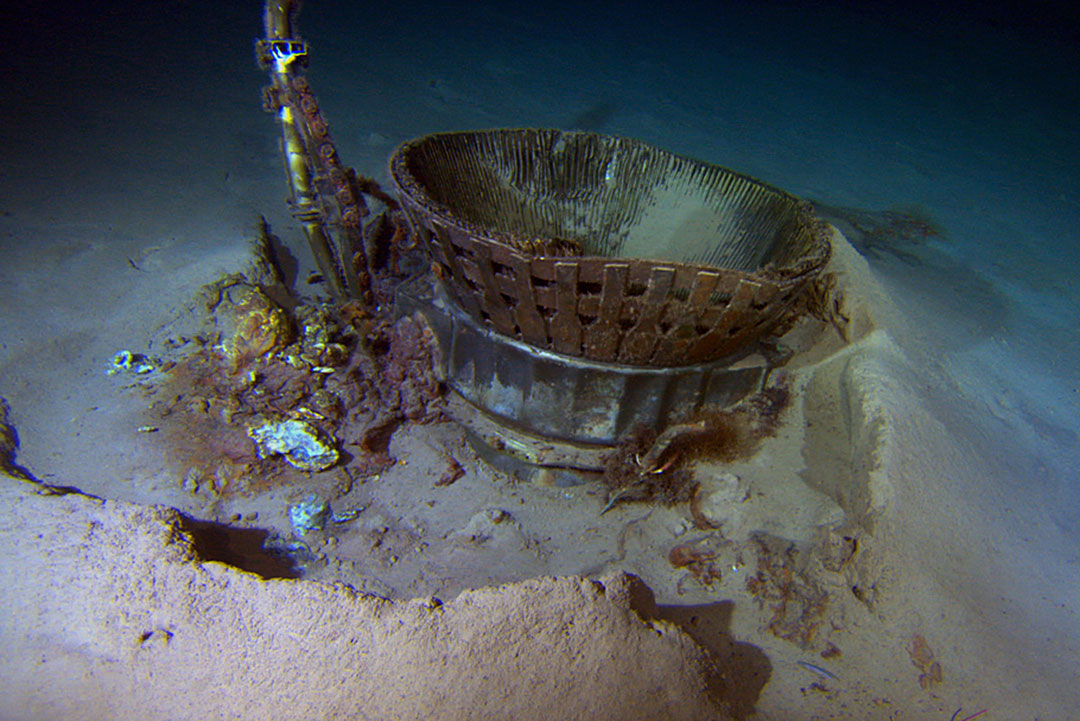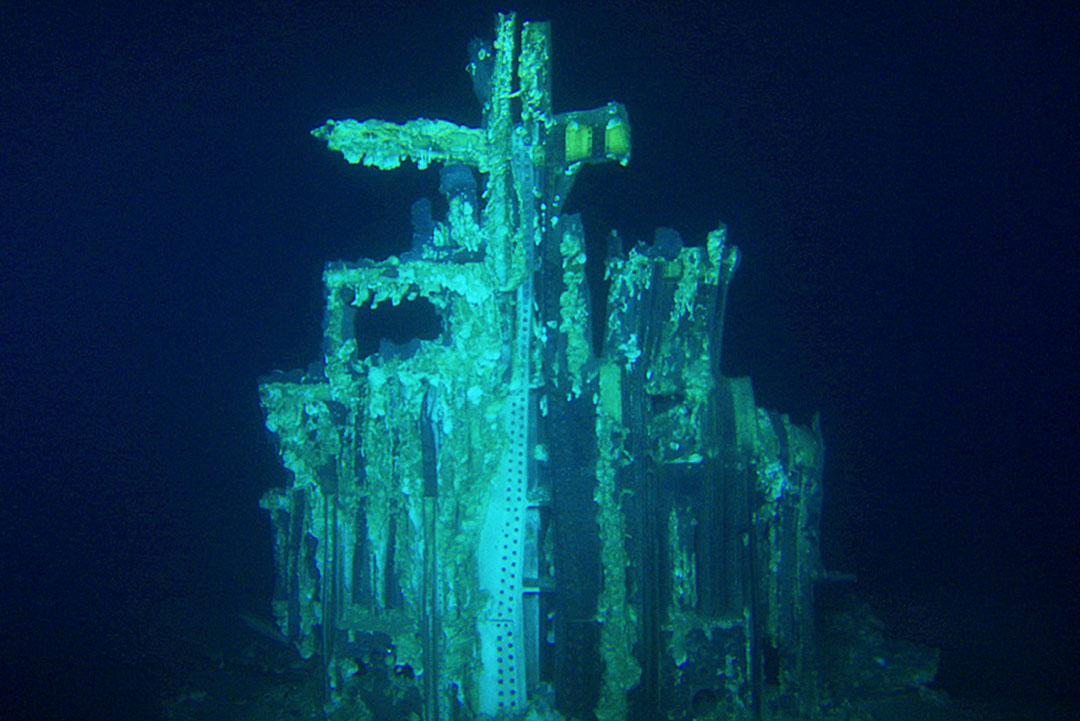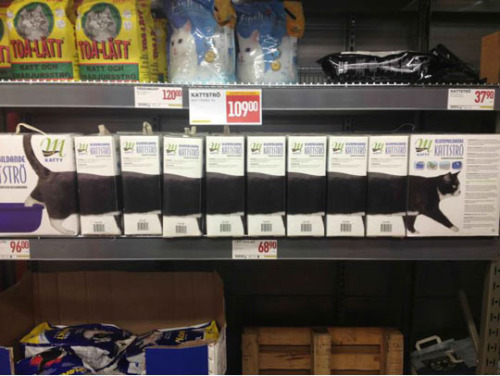
El otro día, un amigo, actor en el Teatro San Martín, me contó que hace tiempo que no cobra. El TSM, al parecer, carece del presupuesto que merece como la institución que debe ser. Me contó también mi amigo que el SM sobrevive del dinero que recibe por el alquiler de algunas de sus salas para fiestas y eventos privados. El Gobierno de la ciudad no considera que el Centro Cultural San Martín sea rentable.
Pensar que una institución de este tipo de ser rentable en términos de dinero, es no entender siquiera el concepto de rentabilidad. Si sólo se piensa a corto plazo—mala idea para el gobierno de una ciudad—sí, hay que interpretar la rentabilidad en términos del dinero que entra ya. Pero en cuanto se empieza a pensar en la ciudad, su crecimiento social, cultural y económico, que van de la mano, hay instancias en las que es mucho más rentable construir, programar y mostrar, por ejemplo, la gran producción simbólica de la que Buenos Aires es capaz. El prestigio cultual y simbólico de una ciudad es una forma, no menor, de rentabilidad. Y sirve para promover la ciudad, sus otras industrias, el valor de vivir en ella, o por lo menos, de tener propiedades en ella.
El GCBA piensa, como todo gobierno conservador, en términos inmobiliarios. No en el valor añadido de la circulación de ideas y personas por su territorio. Otro ejemplo de esto, ya no en la cultura, sino en la tecnología, es el caso del Distrito Tecnológico de Parque Patricios. Aparte de nombrarlo así, de abrir una comisaría de la Policía Metropolitana y contratar a Norman Foster para que diseñe el nuevo edificio del Banco Ciudad, no se ha hecho gran cosa para que ese distrito sea verdaderamente tecnológico. Simplemente, se ha llevado a cabo otra operación inmobiliaria, con la subsiguiente subida de precios del metro cuadrado.
Sin embargo, había, o hay una manera de convertir una sección de la ciudad en un distrito tecnológico de verdad. Una que abre las posibilidades de rentabilidad a medio y largo plazo, y amplía por mucho, incluso, las de la rentabilidad inmobiliaria: instalar fibra óptica, internet a altísima velocidad. Otras ciudades del mundo lo han hecho, y han visto como inmediatamente llegan a ellas empresas de tecnología, y además, toda clase de negocios y comercios que les surten insumos y servicios. El precio de las propiedades, por supuesto, se dispara.
Buenos Aires—y Argentina—necesita instituciones culturales fuertes que ayuden a proyectar su gran producción simbólica al mundo. Y no sólo eso, sino infraestructura para todas sus industrias simbólicas, desde las que producen teatro a las que producen software. Tenemos una población formada y ávida no sólo de consumir, sino también de producir. Hay que aprovechar esa enorme energía que ya tenemos. La balanza de pagos del país nos lo está pidiendo a gritos.
Si los gobiernos, en todos los niveles, construyen y mantienen las infraestructuras necesarias, surgirán miles de pequeñas y medianas empresas que las aprovechen, las rentabilicen, generando ingresos importantes para el país y, lo que es más importante, su población. La idea, creo, es pensar en términos de ciudades dinámicas, imaginativas, con potencia simbólica. Eso sí que puede ser rentable.
